-
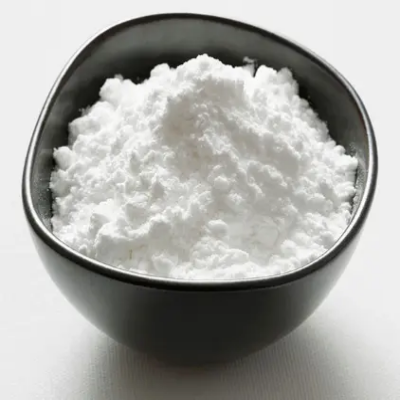
Oxacillin sodium salt monohydrate CAS:7240-38-2
Oxacillin sodium salt monohydrate is a narrow-spectrum beta-lactam antibiotic, similar to oxacillin sodium salt, with the addition of one water molecule in its crystal structure. Structurally resembling methicillin and nafcillin, it is effective against penicillinase-producing staphylococci. Oxacillin sodium salt monohydrate inhibits bacterial cell wall synthesis by interfering with peptidoglycan cross-linking, exerting bactericidal effects against susceptible organisms. Available in injectable formulations for intravenous or intramuscular administration, it is commonly used in healthcare settings for treating infections caused by penicillinase-producing Staphylococcus aureus strains.
-
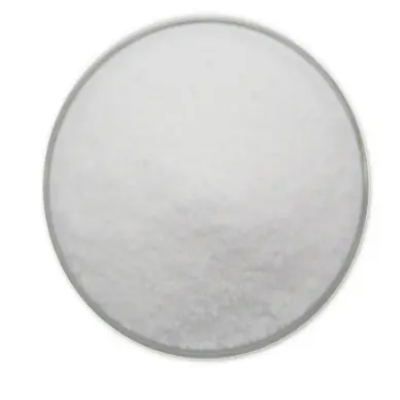
Pefloxacin mesylate CAS:70458-95-6
Pefloxacin mesylate is a synthetic fluoroquinolone antibiotic with broad-spectrum antibacterial activity against both gram-positive and gram-negative bacteria. It functions by inhibiting bacterial DNA synthesis through its interaction with enzymes like DNA gyrase and topoisomerase IV, leading to bactericidal effects. Pefloxacin mesylate is available in various pharmaceutical formulations for oral and injectable administration, offering effective treatment options for a wide range of bacterial infections.
-
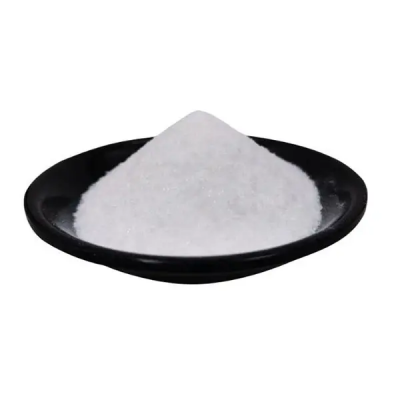
Novobiocin sodium salt CAS:1476-53-5
Novobiocin sodium salt is a microbial-derived antibiotic belonging to the coumarin family, originally isolated from Streptomyces strains. It exhibits broad-spectrum antibacterial activity, particularly against gram-positive bacteria, by inhibiting DNA gyrase, an essential enzyme involved in DNA replication and transcription. Novobiocin is commonly used in microbiology laboratories for its selective inhibition of Staphylococcus aureus and other coagulase-positive staphylococci, making it a valuable tool for bacterial identification and antimicrobial susceptibility testing.
-
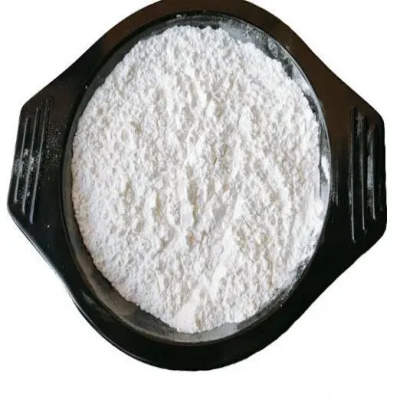
Nitrocefin CAS:41906-86-9
Nitrocefin is a chromogenic cephalosporin substrate used in microbiology for the detection of beta-lactamase activity in bacteria. It serves as a diagnostic tool to identify bacteria that produce beta-lactamase enzymes capable of hydrolyzing beta-lactam antibiotics, such as penicillins and cephalosporins. Nitrocefin undergoes a color change from yellow to red in the presence of beta-lactamase, allowing for rapid visual detection of enzyme activity. This property makes nitrocefin a valuable tool in clinical laboratories for screening bacterial isolates and guiding antibiotic therapy decisions.
-
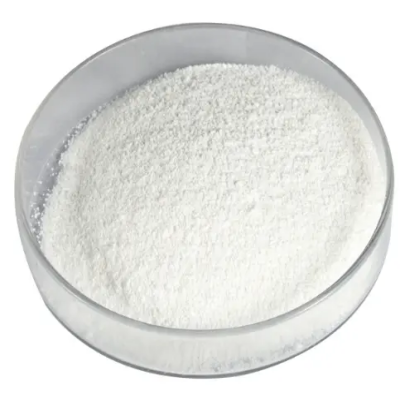
Oleandomycin phosphate CAS:7060-74-4
Oleandomycin phosphate is a macrolide antibiotic derived from Streptomyces antibioticus, known for its broad-spectrum antimicrobial activity against gram-positive bacteria. It inhibits bacterial protein synthesis by binding to the 50S ribosomal subunit, leading to bacteriostatic effects. Oleandomycin phosphate is commonly used in veterinary medicine for the treatment of bacterial infections in livestock and poultry. It is available in formulations suitable for oral administration to address respiratory infections, gastrointestinal disorders, and other bacterial diseases affecting animals.
-
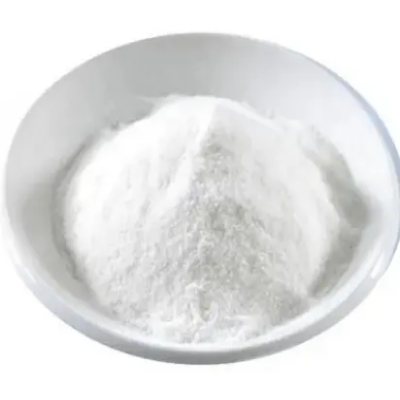
Natamycin (Pimaricin) CAS:7681-93-8
Natamycin, also known as pimaricin, is a naturally occurring antifungal agent produced by the bacterium Streptomyces natalensis. It is widely used as a food preservative to inhibit the growth of mold and yeast in various dairy products, meats, and baked goods. Natamycin is effective against a broad spectrum of fungi, including Aspergillus, Penicillium, and Fusarium species, while being safe for human consumption. This product is recognized for its stability, heat resistance, and minimal impact on the organoleptic properties of food items, making it a preferred choice in food manufacturing and preservation.
-
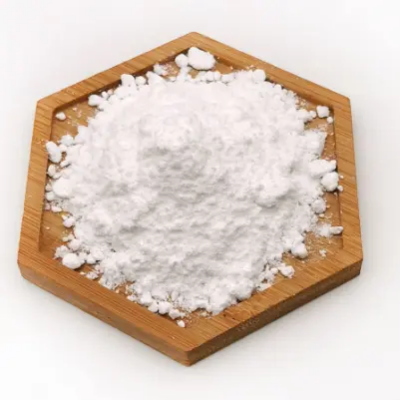
Nadifloxacin CAS:124858-35-1
Nadifloxacin is a topical fluoroquinolone antibiotic used in the treatment of various skin infections. It exhibits potent bactericidal activity against a wide range of bacteria, particularly those involved in acne vulgaris and dermatitis. Nadifloxacin works by inhibiting bacterial DNA replication, thereby effectively eradicating harmful bacteria on the skin’s surface. This product is available in the form of creams, gels, or lotions for external use. It is well-tolerated and commonly prescribed by healthcare professionals due to its efficacy and safety profile in dermatological conditions.
-
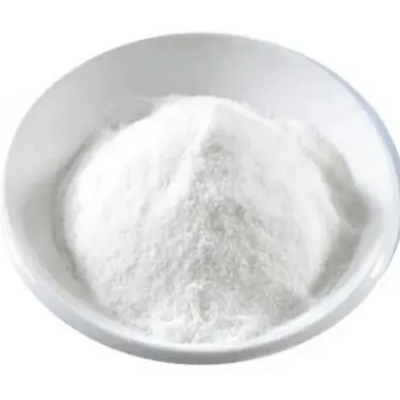
Neomycin sulfate CAS:1405-10-3
Neomycin sulfate is a broad-spectrum antibiotic belonging to the aminoglycoside class, commonly used for its bactericidal activity against a wide range of gram-negative and some gram-positive bacteria. This medication is formulated as neomycin sulfate to enhance its solubility and stability for pharmaceutical applications. Neomycin sulfate is available in various forms, including topical creams, ointments, and oral formulations. It is utilized for the treatment and prevention of bacterial infections, particularly in dermatological conditions, surgical wound care, and as a component of combination therapies.
-
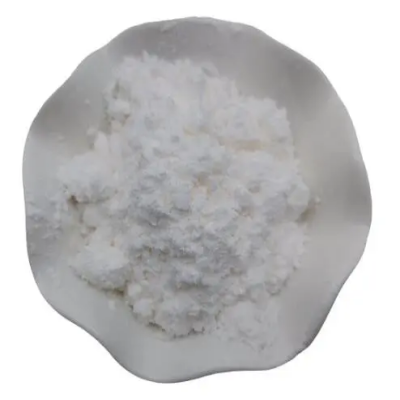
Nalidixic acid sodium salt CAS:3374-05-8
Nalidixic acid sodium salt is a derivative of nalidixic acid, a synthetic antibiotic belonging to the quinolone class known for its bactericidal properties against gram-negative bacteria. The conversion to its sodium salt form enhances solubility and stability, making it suitable for pharmaceutical formulations. This product is commonly used in the treatment of urinary tract infections caused by susceptible organisms. Nalidixic acid sodium salt is available in oral formulations such as tablets or capsules and is prescribed by healthcare professionals for its efficacy in combating bacterial infections.
-

5-Nitro-2-furaldehyde semicarbazone (Nitrofurazone) CAS:59-87-0
5-Nitro-2-furaldehyde semicarbazone, commonly known as nitrofurazone, is a synthetic antimicrobial agent with broad-spectrum activity against various gram-positive and gram-negative bacteria, as well as some fungi. It belongs to the nitrofuran class of antibiotics and is utilized for its bacteriostatic and bactericidal properties. Nitrofurazone is available in topical formulations such as creams, ointments, and solutions for the treatment of skin infections, burns, wounds, and other dermatological conditions. Its effectiveness in combating bacterial pathogens makes it a valuable component in wound care and veterinary medicine.
-
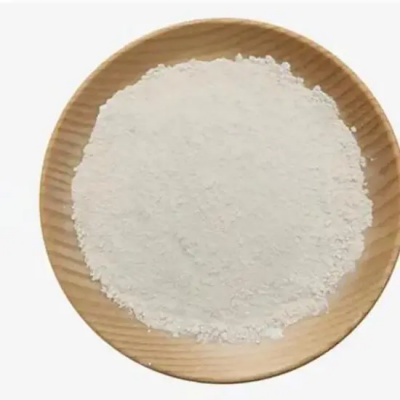
Netilmicin sulfate CAS:56391-57-2
Netilmicin sulfate is a broad-spectrum aminoglycoside antibiotic commonly used for its bactericidal activity against a wide range of gram-negative bacteria. It is a derivative of sisomicin and exhibits potent antimicrobial properties, making it effective in treating various bacterial infections. Formulated as netilmicin sulfate, this antibiotic is available in injectable form for intravenous or intramuscular administration. Netilmicin sulfate is widely prescribed in clinical settings for its efficacy in treating severe infections, including respiratory tract infections, urinary tract infections, septicemia, and intra-abdominal infections.
-
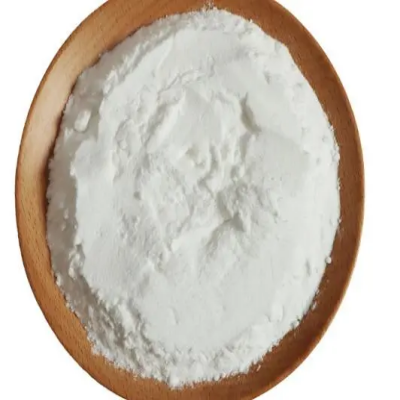
Nafcillin sodium salt CAS:7177-50-6
Nafcillin sodium salt is a semi-synthetic penicillin antibiotic used for its bactericidal activity against certain types of bacteria. This product is derived from penicillin and formulated as a sodium salt to enhance its stability and solubility. It is available in injectable form and is commonly used in clinical settings for the treatment of various bacterial infections, particularly those caused by penicillinase-producing staphylococci. Nafcillin sodium salt is effective against a spectrum of gram-positive bacteria and is a valuable therapeutic option for skin and soft tissue infections, bone infections, and septicemia.

